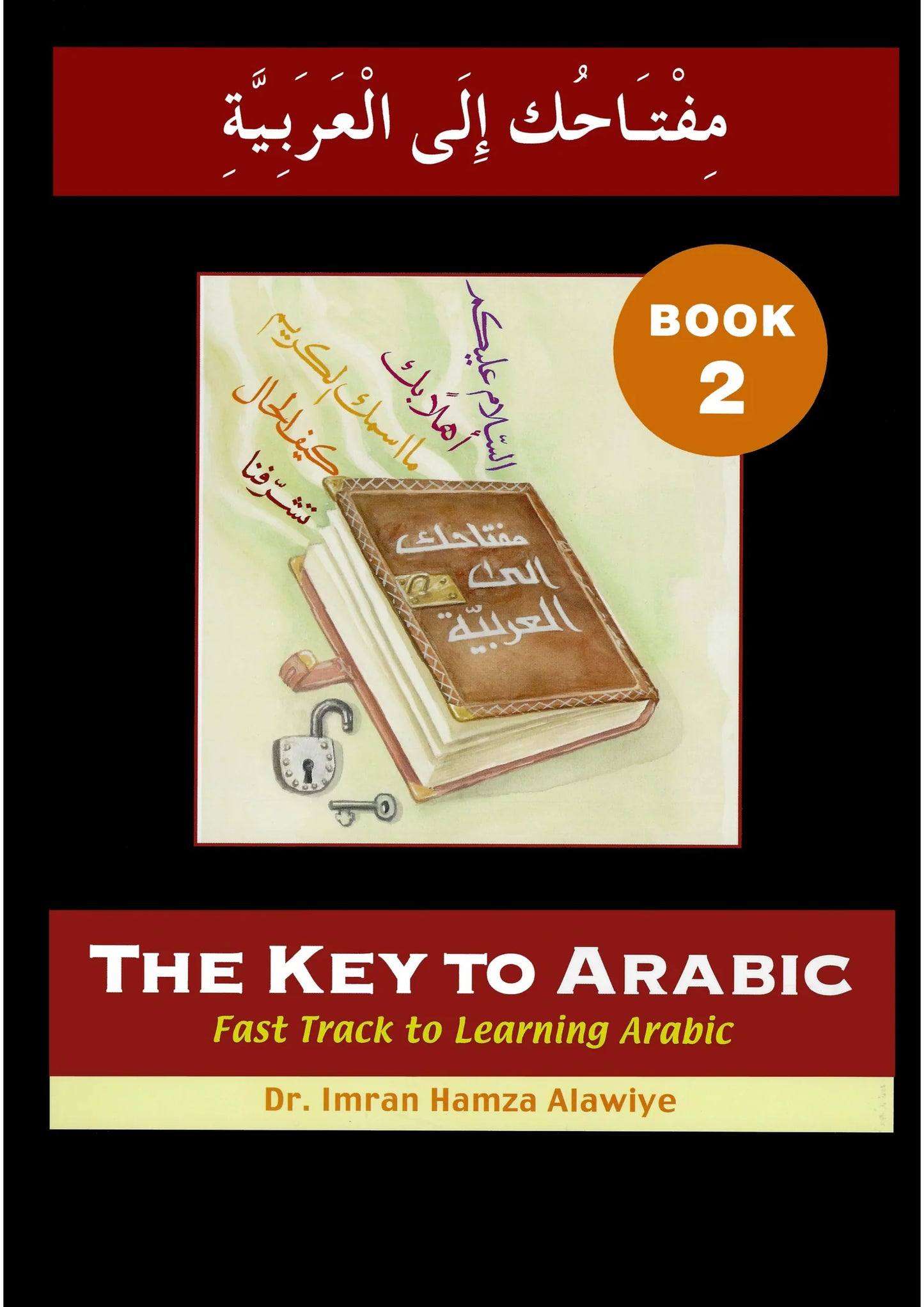The Key to Arabic Book 2
The Key to Arabic Book 2
Publisher:
Gateway to Arabic
Author:
Dr. Imran Hamza Alawiye
Language:
Arabic
Binding:
Soft Cover
Pages: 68
Size: 22x27cm
Couldn't load pickup availability

Collapsible content
Description of Book
The Key to Arabic Book 2
Publisher
Gateway to Arabic
Author
- Dr. Imran Hamza Alawiye
Sample Pages - Content
Dr. Imran Hamza Alawiye
Dr. Imran Hamza Alawiye is a respected Arabic language educator and author, best known for the Gateway to Arabic series. With a focus on clear, structured instruction, he has helped thousands of learners worldwide master Arabic through progressive lessons in grammar, vocabulary, reading, and writing. His work is widely used in schools, Islamic centers, and by self-taught students, combining traditional methods with modern, accessible teaching techniques.

